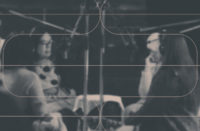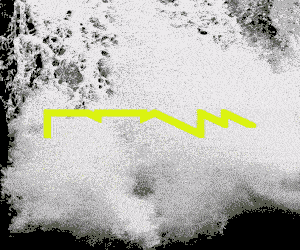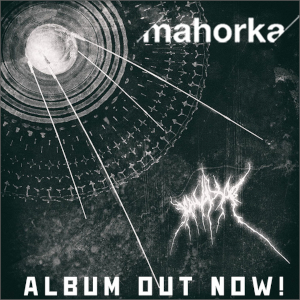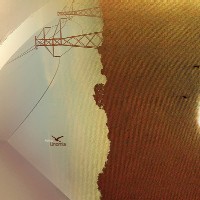 You don’t get one of these come by every day, I can tell you.
You don’t get one of these come by every day, I can tell you.
Unomia is one of those wonderful albums where each track flows immediately into the next: no fades, no gaps, just a specially tailored stream of music. Whilst this may sound unremarkable, consider how many times you really, genuinely come across this kind of album these days. To fashion an album in which each track retains its individuality whilst also seamlessly flowing into the next is no easy task. Helios pulls this off as if it were the easiest thing in the world.
Unomia is also one of the most successful blends of IDM and ambient music I’ve heard in a while. It seems to be quite common among the IDM community to pompously refer to this album as “safe,” as if that’s stick to beat it with. Personally, I don’t see “safe,” I see beautiful. It isn’t constantly challenging or pushing boundaries, nor is it edgy or daring, but so what? When music is as transcendently gorgeous as this what does it matter?
Album opener “Velius,” with its distorted-beats driven melancholia, segues effortlessly into “Nine Black Alps” via “Cullin Hill” – one of many interludes sandwiched between the longer tracks that typically contain the most overtly ambient moments of Unomia. Warm, smudged bass tones and a clicking rhythm chatter atop whirls of panoramic ambient drones. Like numerous other tracks present, there’s a remarkably natural feel to many of the sounds used here.
Helios waits until track five, entitled “West Orange,” before pulling the serious ambient card, and does so with Eno-esque aplomb. Keith Kenniff clearly has considerable talent when it comes to both writing for and playing the piano. Both piano and what could be a harpsichord (I can’t identify it) are the primary focus of this piece. What’s wonderful about this album is that you can actually hear Keith playing these instruments.
The acoustic instrumentation aside, there are genuine comparisons to be drawn between this debut album and the later work of Biosphere, most notable the Substrata and Cirque albums. Not in the sense that they share the same – to use a word Geir Jenssen is apparently rather sick of hearing – ‘glacial’ texture, but that Unomia is possessed of a similar attention to subtle atmospheric detail that becomes evocative enough to sonically describe landscapes.
And there are moments where Unomia attains perfection. Let’s take “Lighthouse” for example. Now, to all you IDM artists out there trying to include acoustic guitar in your music with any degree of success – just listen. This is how it’s done. It doesn’t get better than this. Nor does it get any simpler. A plaintive acoustic guitar strums over a beautiful,
introspective piano solo as some odd reverbs and wowing atmospheric background effects deepen the sound stage.
The following few moments of field-recording populated calm are then followed by the dreamlike “Suns That Circling Go,” a sunspot-blistered journey through space that resolves into the more comforting “Clementine” – a rich, sunset-soaked piece that’s oddly reminiscent of Ulrich Schnauss at times.
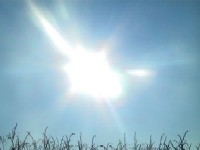
At a modest 57 odd minutes, Unomia is packed with such wonderful moments of calm, transition and introspection. But don’t take my word for it – a quick perusal of the samples of each track from the Merck Records website should be enough to
convince anyone that this is an album of superior quality.
The album closes with the breathtaking ambient beauty of “Luek” (words fail me) followed by near 3 minutes worth of field recordings connecting the listener to the bonus track, a Loess remix of “Nyckel.”
Don’t play Unomia as background music whilst you’re doing something else. Ever. Unomia deserves more respect and attention than that. Sit down with a well-made drink after a long day, relax and play Unomia from start to finish with no distractions. It’s a wonderful experience.
Unomia is OUT NOW on Merck Records.








